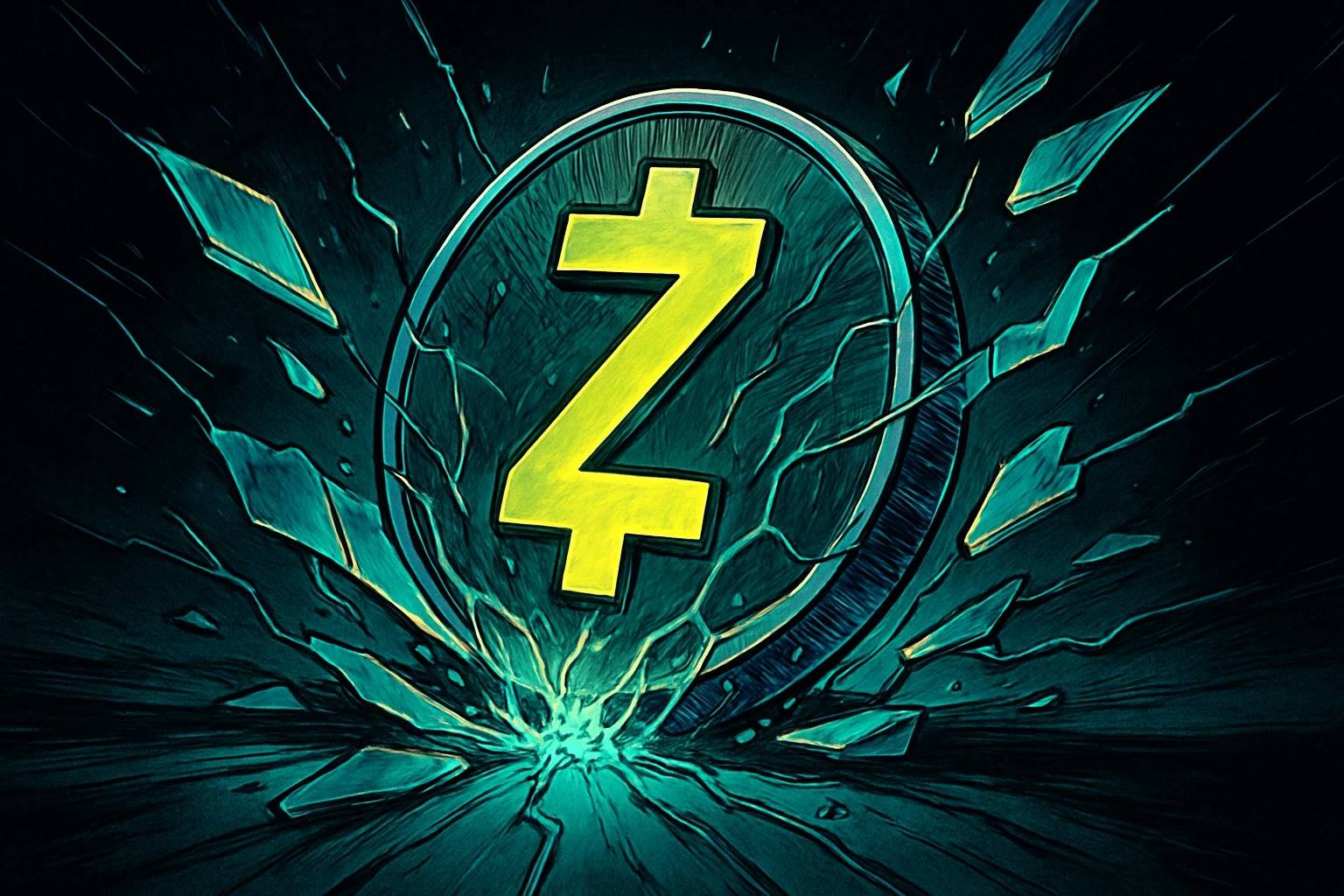FG Nexus has sold $32.7 million in Ethereum to fund a stock buyback after its shares fell 94% in four months, highlighting a deepening net asset value (NAV) crisis among digital asset treasury firms.
The sale comes after ETHZilla Dump $40 million in ETH in October, highlighting growing pressure across an industry that manages more than $42.7 billion in Cryptoasset. This wave of forced sales highlights the flaws in the corporate crypto treasury model, as companies face shares trading below the value of their underlying assets.
Financial firms turn to asset sales as stocks tumble
FG Nexus announced the sale of 10,922 ETH in October to support a $200 million stock buyback. The company began buying back shares after its stock fell sharply below NAV, a measure of the underlying asset value per share. FG Nexus retained 40,005 ETH and $37 million in cash, with total debt rising to $11.9 million as of Wednesday.
The company repurchased 3.4 million shares at a price of approximately $3.45 per share, representing 8% of the outstanding shares. Management noted that the shares were repurchased at a discount to NAV, which reached $3.94 per share in mid-November. However, this strategy required approximately $10 million in debt and the liquidation of 21% of ETH reserves compared to September levels.
FG Nexus is one of several digital asset treasury companies pursuing crypto sales. ETHZilla announced a sale of approximately $40 million worth of ETH to support its stock buyback in late October. The company has purchased 600,000 shares for nearly $12 million since October 24, seeking relief from a Dai 30% discount to NAV.
When a DAT company’s stock trades for less than the value of its crypto assets (mNAV below 1.0), shareholders push management to realize that hidden value. The most efficient way to do this is through a share buyback, but securing the funds needed to buy back shares requires cash. If a company lacks cash reserves, it must sell some of its crypto assets to fund the buyback.
The mNAV of Metaplanet, a DAT company that accumulates Bitcoin, fell to 0.99 before recovering to 1.03. Its stock has lost 70% since its June high, reflecting widespread industry stress. The use of perpetual preferred stock, which combines a fixed dividend with cryptocurrency exposure, complicates a Capital structure already under pressure from current market conditions.
Leverage structure amplifies market pressure
DAT companies deployed $42.7 billion in crypto by 2025, with $22.6 billion accrued in Q3. This expansion accelerated as Bitcoin surged above $126,000 in October, fueling positive feedback loops and rising valuations. However, subsequent reversals have exposed weaknesses in Capital structures built on leverage and access to Capital markets.
Treasury companies account for just 0.83% of the total crypto market Capital . However, their concentration of holdings magnifies the impact during downturns. Leverage through convertible notes, PIPEs, and perpetual preferred shares increases selling pressure when prices fall or NAV discounts widen.
Market liquidation has plummeted as asset prices have fallen. Bitcoin’s 1% order book has fallen from $20 million to $14 million—a 33% drop that increases price sensitivity to any selloff. Analysts estimate forced sales by Treasury firms could reach $4 billion to $6 billion if 10% to 15% of positions are liquidated, potentially surpassing November’s $2.33 billion ETF Capital .
Systemic risk increases as trading stops
Corporate crypto buying has stalled due to declining confidence and reduced Capital deployment. Companies that once provided steady demand are now selling, reversing previous positive cycles. MicroStrategy shares fell 60% due to Bitcoin volatility, highlighting the risk of correlation between crypto prices and stock values even for companies with solid balance sheets.
Smaller treasury firms are under increasing pressure, especially those holding liquidation assets. Many firms affected by Solana have experienced 40% declines in NAV as concentrated bets deepen losses. Lack of diversification and thin volume in alternative cryptocurrencies contribute to the broader industry weakness.
Retail investors also contributed to the sell-off by exiting earlier positions, reducing market demand as institutional holders began liquidating. In November, $4 billion in ETF outflows and reduced market-maker activity increased volatility. These situations resemble leveraged market crashes seen in other asset classes, such as the 2008 mortgage REIT crisis.
This growing crisis challenges the sustainability of the digital asset treasury model during prolonged deep declines. Rigorous risk management and regulatory oversight may be necessary to prevent self-reinforcing sell-offs from destabilizing the broader market. In the coming weeks, the ability of these companies to maintain their crypto assets without further forced liquidations will determine whether the industry survives unscathed or undergoes a fundamental restructuring.







